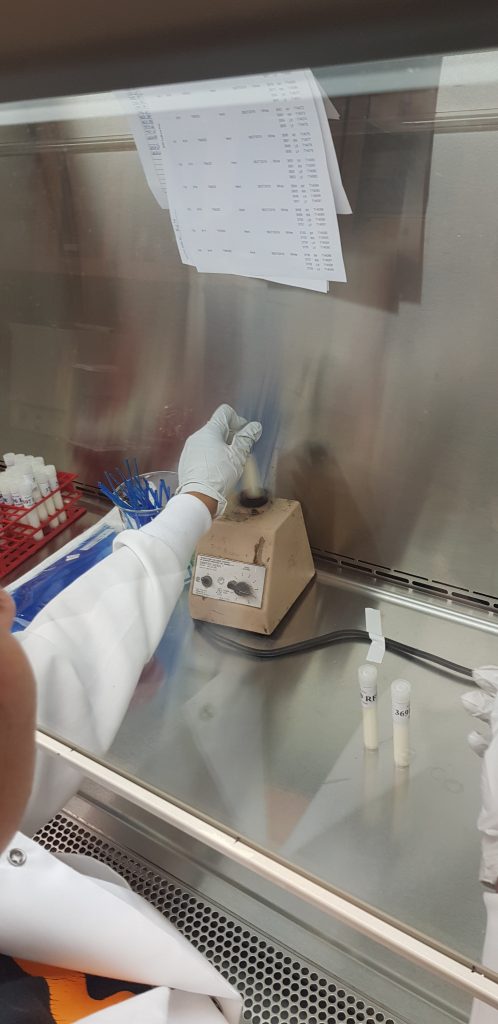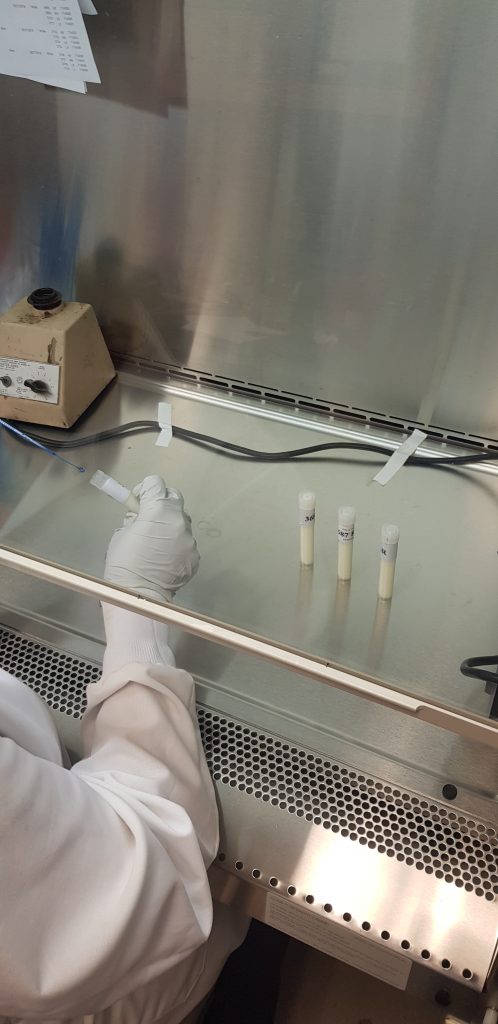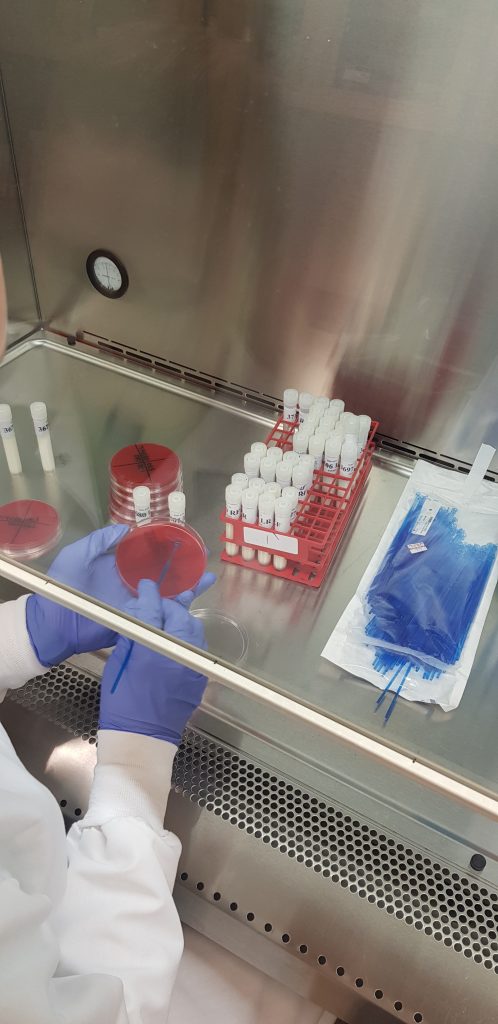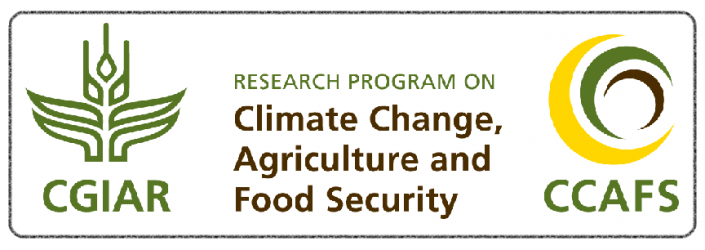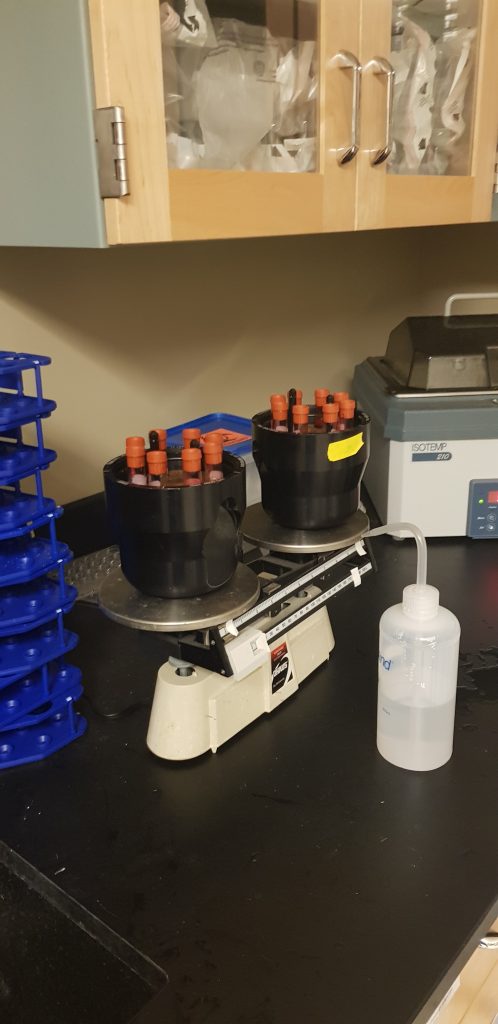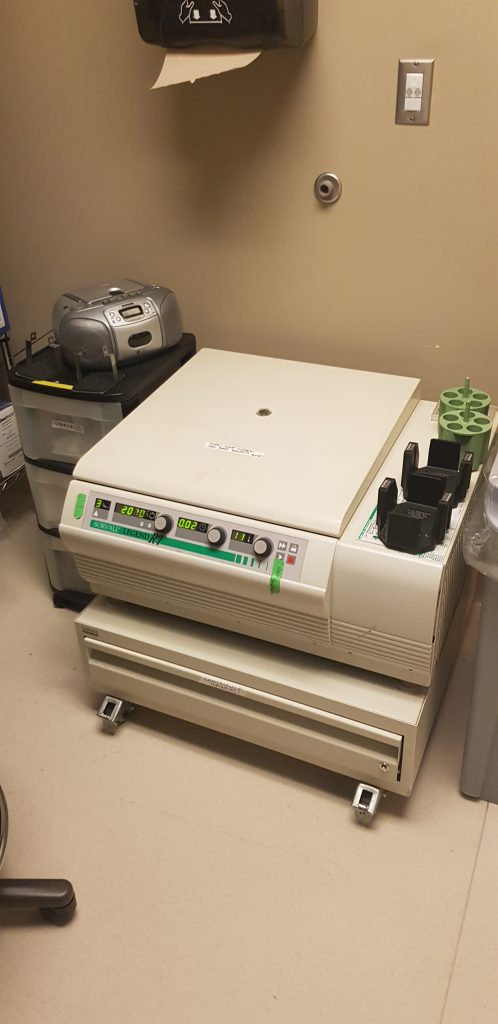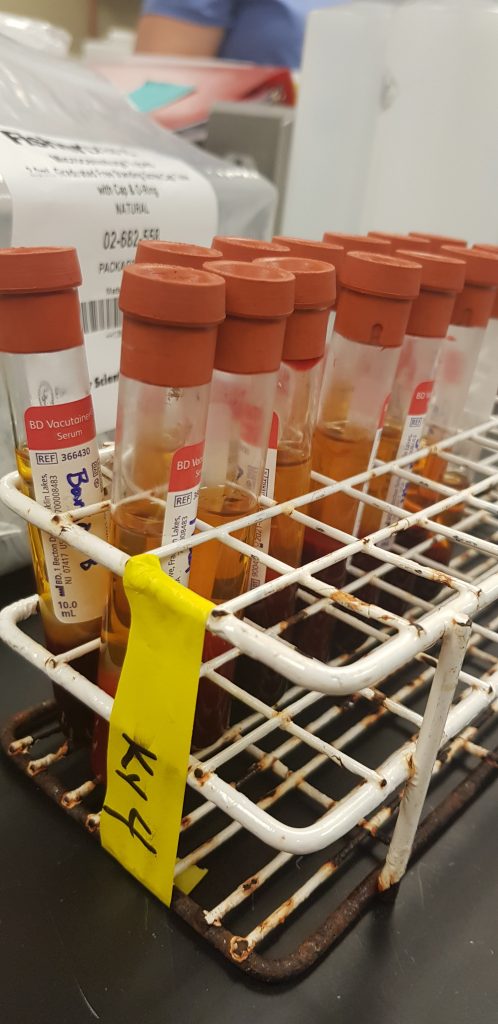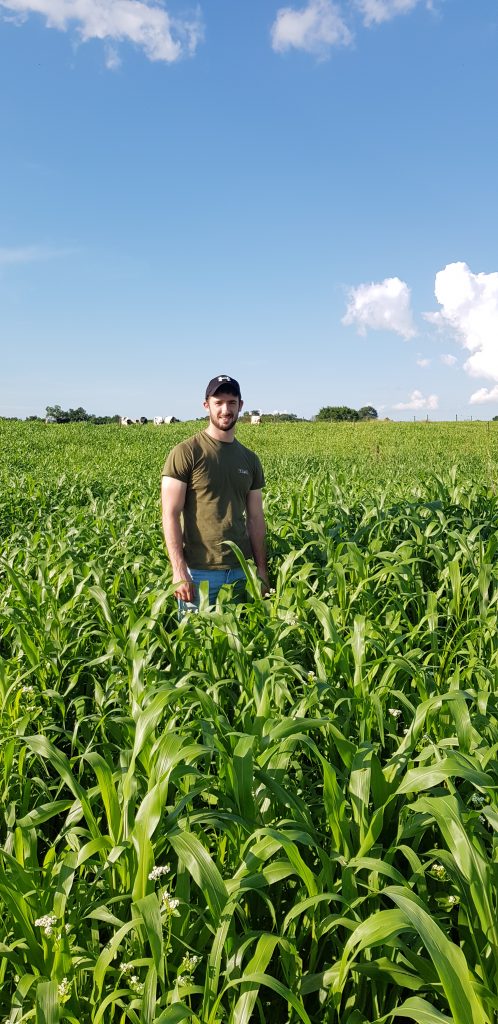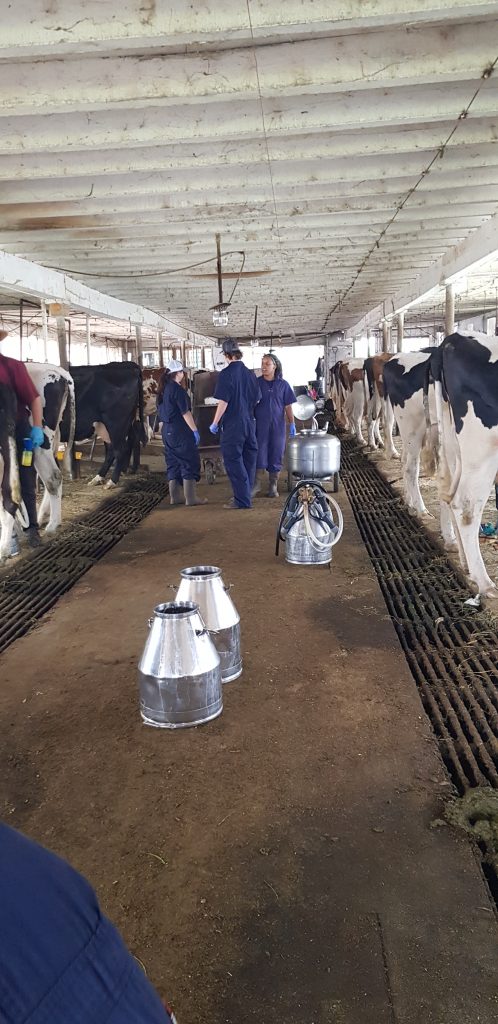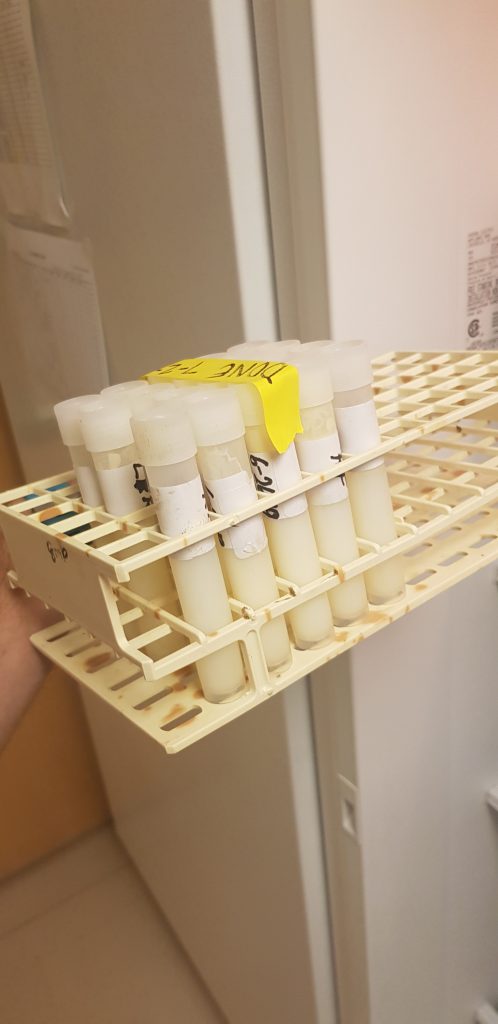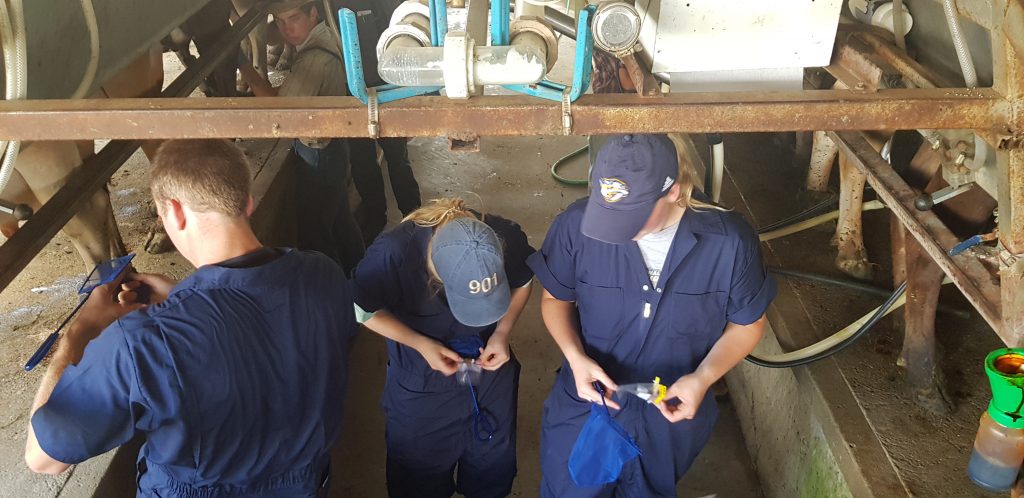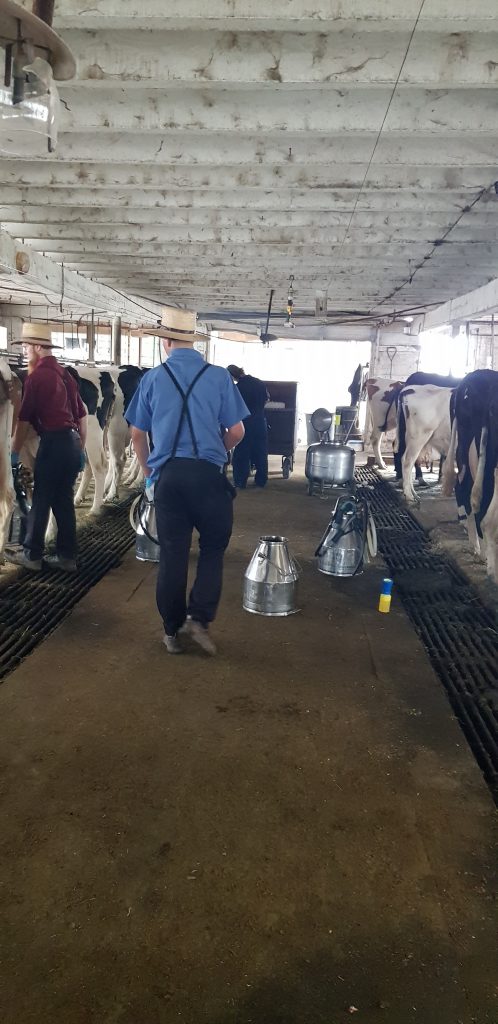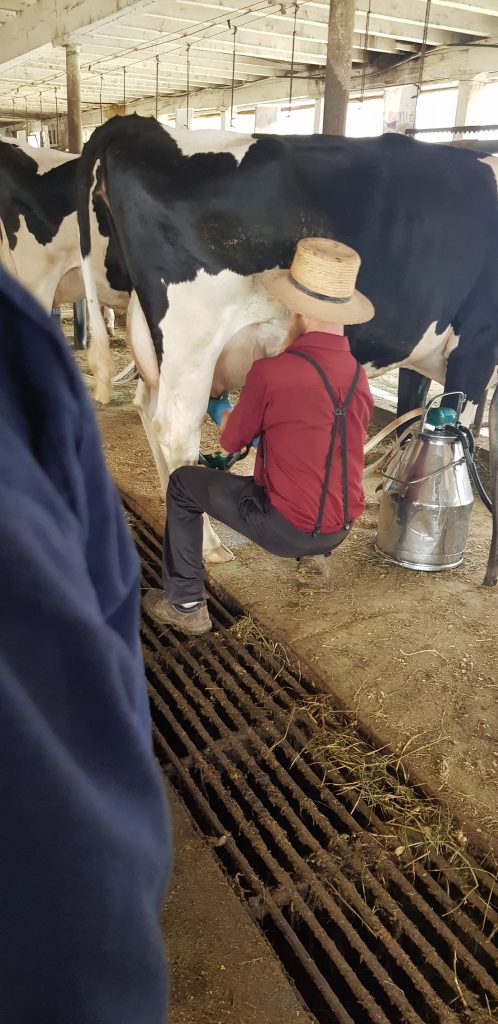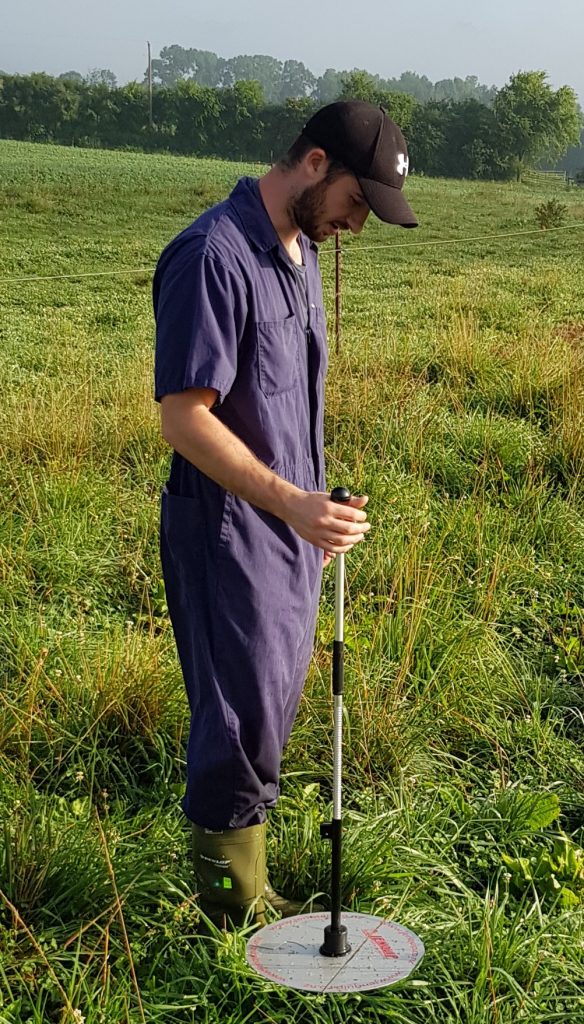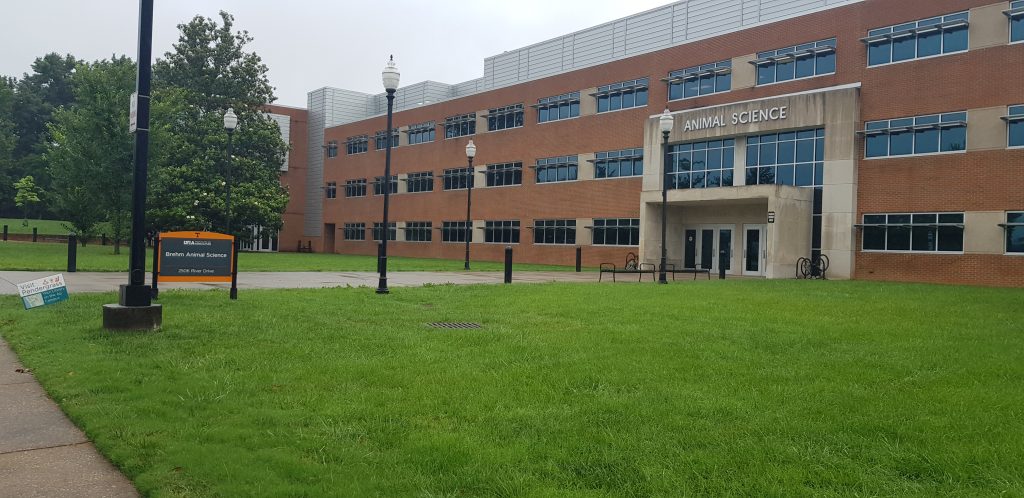- Before plating, clean inside the hood (protective incubator) with Bac Down and wipe down. Spray with alcohol and wait to dry.
- Place vortex, loop sticks and empty jar in the hood
- Milk samples were thawed out and the tubes were placed on a vortex to shake up the contents .
- Each plate was split into 4 sections which correlated with each teat.
- Moving counter clockwise on the plate and using a separate loop stick for each milk sample, in a swift movement, swipe milk sample onto its identified section.
- Plates are placed in incubators for 24 hours. When revisiting plates if there two types of growth (bacteria) it identifies infection.
